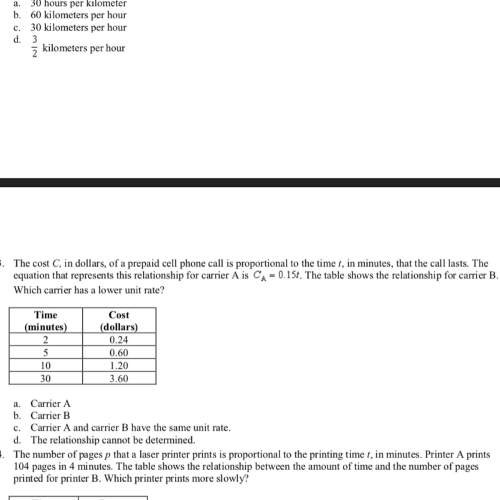
Mathematics, 10.04.2020 16:50 acesmith
The screening process for detecting a rare disease is not perfect. Researchers have developed a blood test that is considered fairly reliable. It gives a positive reaction in 94.2% of the people who have that disease. However, it erroneously gives a positive reaction in 2.7% of the people who do not have the disease. Consider the null hypothesis "the individual does not have the disease" to answer the following questions.
a. What is the probability of Type I error? (Round your answer to 3 decimal places.)
Probability
b. What is the probability of Type II error? (Round your answer to 3 decimal places.)
Probability

Answers: 3


Other questions on the subject: Mathematics

Mathematics, 21.06.2019 17:00, alexabdercmur
You are a clerk at convenience store. a customer owes 11.69 for a bag of potatoes chips. she gives you a five dollar bill. how much change should the customer receive?
Answers: 2

Mathematics, 21.06.2019 20:00, jacobbrandon2002
What sums are equal to 6/12? choose all answers that are correct a.6/12+6/12+6/12+6/12+6/12+6/12 b.2/12+1/12+1/12+2/12 c.5/12+1/12 d.1/12+1/12+1/12+3/12 plz : )
Answers: 1

You know the right answer?
The screening process for detecting a rare disease is not perfect. Researchers have developed a bloo...
Questions in other subjects:

History, 27.10.2021 03:00


Mathematics, 27.10.2021 03:00




Mathematics, 27.10.2021 03:00






